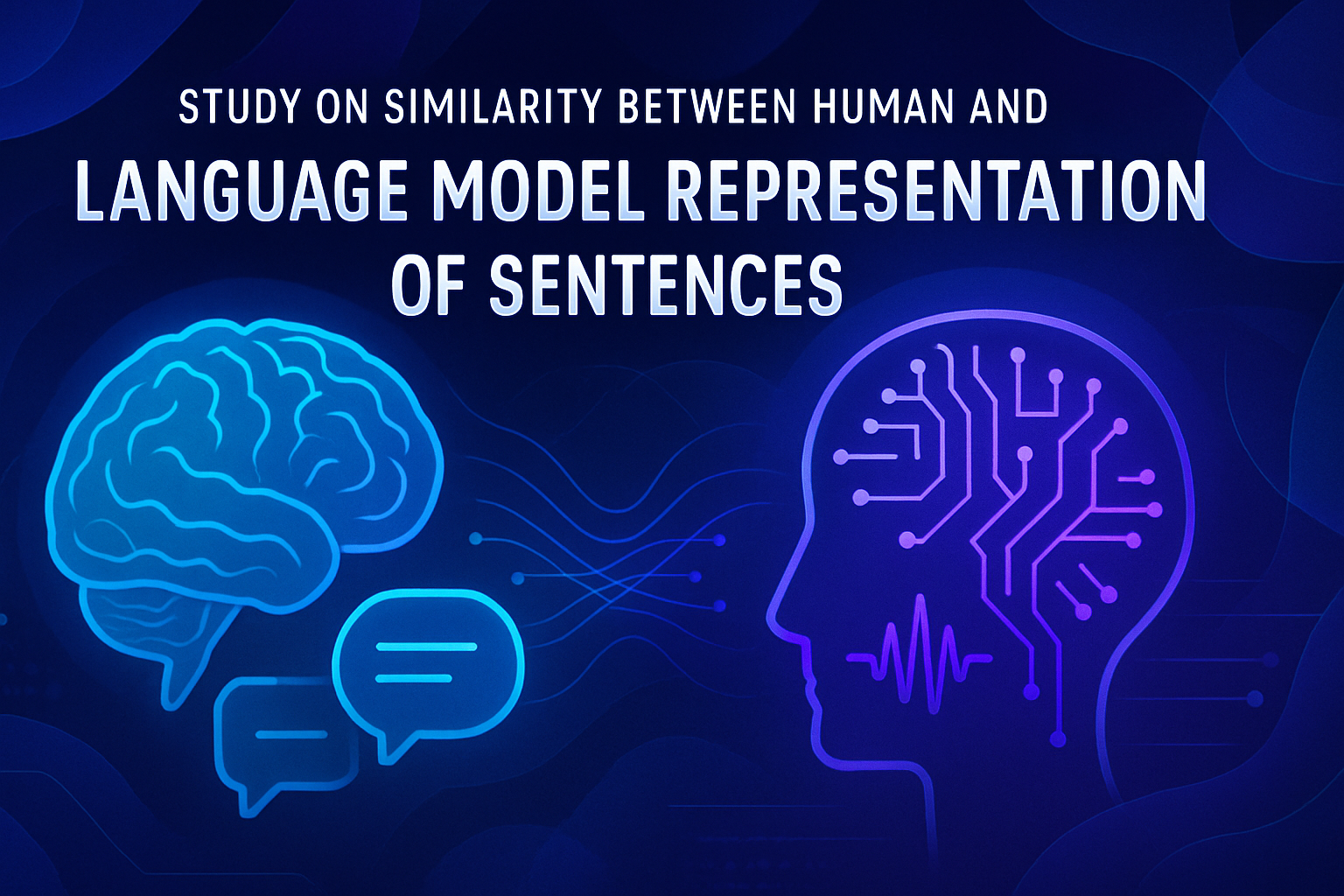The preservation of your privacy in the face of advanced technologies raises profound questions. Preventing your posts, shared on digital platforms, from being exploited to fuel artificial intelligence systems represents an unavoidable challenge. Companies such as Meta are strengthening their privacy policies while seeking to maximize the use of personal data.
It becomes essential to master the means to refuse this exploitation. An informed understanding of the unsubscribe procedures is the first step to ensuring the security of your information. Everyone should possess the necessary tools to claim their right to data protection without fearing an insidious intrusion into their private sphere.
Unsubscribing from data on technology platforms
Companies maximize the use of your personal data, particularly through posts on social networks. Organizing an unsubscribe process requires several essential steps to prevent artificial intelligence from accessing your information. It is relevant to master the privacy settings to restrict the use of your content by these companies.
Privacy settings on Facebook
To oppose the use of your posts, access the privacy settings of your Facebook account. In the “Privacy” section, users can adjust options related to the visibility of their posts. Reducing the audience to “Friends” or “Only me” is an effective way to restrict access. By modifying the setting, your posts will not be accessible to the general public or third-party companies.
Publication options and permissions
Facebook also allows you to manage permissions for third-party applications. It is imperative to review the apps that have access to your account. In the “Apps and Websites” section, remove access for unnecessary or unreliable applications. This process contributes to better safeguarding your personal data.
Rights under the GDPR
With the adoption of the General Data Protection Regulation (GDPR), users have specific rights concerning their data. The right of access allows them to request information about how their data is used. Furthermore, the right to erasure permits them to request the permanent deletion of data from the platform. Implementing these rights is a fundamental recourse to preserve your privacy in the face of technological advances.
Interaction with tech companies
To interact effectively with companies developing AI technologies, reporting a concern regarding the use of your data is essential. It is advisable to send a written request stating your desire to no longer see your posts used for AI training purposes. Keeping a record of all communications strengthens your position.
Monitoring and understanding privacy policies
Whenever platforms modify their privacy policies, vigilance is required. Staying informed of changes allows you to anticipate the impact on the use of your data. A careful and periodic reading of these documents often clarifies the processes for how your information is used by companies.
Resources and assistance
If unsubscribing seems challenging, various assistance resources are available. Digital rights advocacy groups offer advice and help to navigate the complexities of unsubscribing. Joining such organizations can enhance your ability to protect your data.
Conclusion on digital autonomy
Developing digital autonomy relies on knowledge of one’s rights and the implementation of available features on each platform. Ensure you establish the necessary conditions to protect your privacy in light of current AI challenges. Proactivity remains key to mastering the use of your personal data.
Frequently asked questions
How can I disable the use of my data on Facebook for AI training?
To disable the use of your data on Facebook, go to your account’s privacy settings. In the “Ads” section, you can manage preferences regarding the use of your information and choose not to allow its use for AI training systems.
What steps should I follow to stop being tracked by companies using my data?
Start by modifying your privacy settings on each platform. Ensure to activate options that limit tracking and data collection. You can also choose to disable personalized ads and manage the apps connected to your account.
Is it possible to retrieve my data after unsubscribing?
Once you have restricted access to your data, it may be challenging to recover it, as it may have been stored and processed beyond your control. However, you have the right to request a copy of your personal data from companies under the General Data Protection Regulation (GDPR).
What impact does this have on the quality of the services I receive?
By restricting the use of your data, you may not receive recommendations as personalized as before. However, this protects your privacy and limits the exploitation of your personal information.
How can I know if my data has been used for AI?
Most companies do not directly inform their users about the use of data for AI. However, you can review the privacy policy of the companies to obtain information on the management of your data and its use in artificial intelligence systems.
What should I do if my data continues to be used despite my unsubscription?
If you find that your data is still being used, you should contact the support service of the platform and assert your rights. You can also file a complaint with the National Commission on Informatics and Liberty (CNIL) if you are in France.
Are unsubscribe options the same across all platforms?
Unsubscribe options may vary from one platform to another. It is essential to consult the policies of each company to know how to disable the use of your data, as each site has its own interface and settings.
Does the GDPR protect my data when I use AI services?
Yes, the GDPR provides enhanced protection regarding your personal data. It requires that companies obtain clear consent before using your data and gives you the right to request information on how it is managed.






